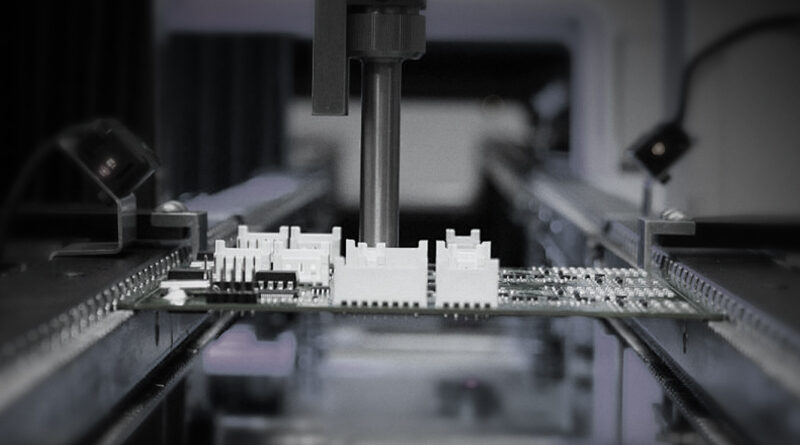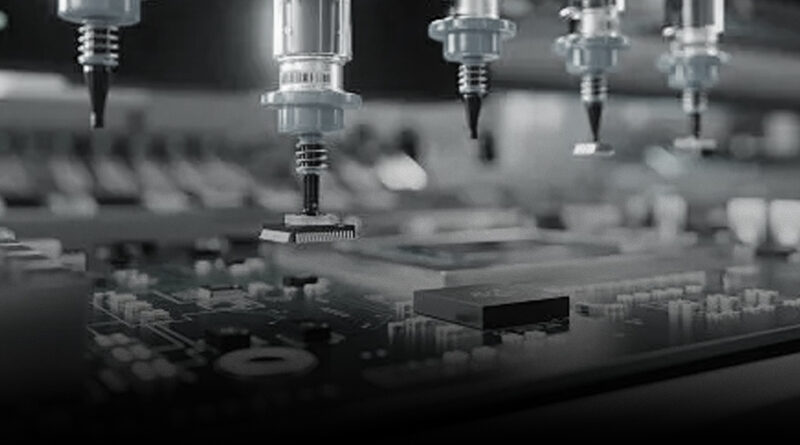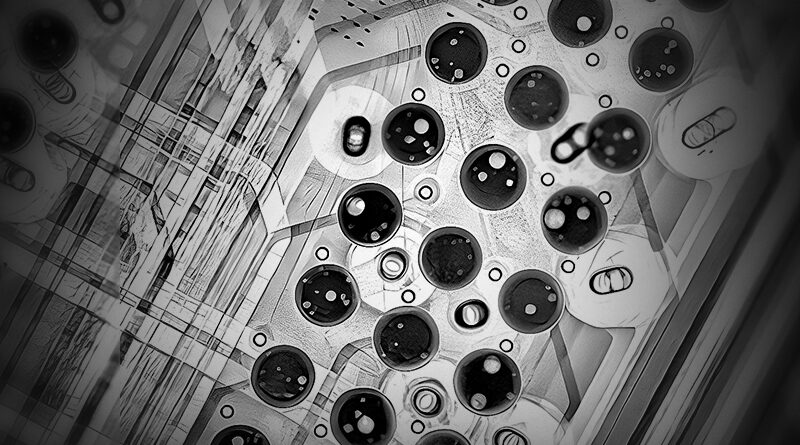In the rapidly evolving world of electronics, the demand for precision components and devices is at an all-time high. Among the critical innovations in the sector are X-ray Surface-Mount Device (SMD) component counters, pivotal tools that assure the integrity and efficiency of electronic manufacturing processes. This article navigates the essential features, benefits, and applications of X-ray SMD component counters, making it a go-to resource for anyone interested in this cutting-edge technology.
What Is an X-Ray SMD Component Counter?
An X-ray SMD component counter is an advanced device used primarily in the electronics assembly and manufacturing industry to detect, count, and validate SMD components rapidly and accurately. The technology employs X-ray radiation, which penetrates the components to ascertain their count without causing any damage.
Why Choose X-Ray Technology?
Conventional component counting methods often rely on optical scanning or manual counting. However, these methods come with challenges such as miscounts, human errors, and inability to handle complex components properly. X-ray technology addresses these challenges by providing:
- Precision: X-ray imaging delivers unparalleled accuracy in component counting and inspection.
- Non-Destructive Testing: The technique is non-invasive and does not compromise the integrity of delicate components.
- Speed: Automated counting reduces the time spent on manual checks, increasing overall efficiency.
- Comprehensive Analysis: Users can identify and verify component types concurrently with counts.
Key Features of X-Ray SMD Component Counters
When selecting an X-ray SMD component counter, it is crucial to consider several key features that can significantly impact performance:
1. Imaging Clarity
The clarity and resolution of the X-ray image directly affect the counter’s ability to identify and count components accurately. Modern counters use high-resolution detectors that produce detailed images, ensuring that even the smallest components can be counted without errors.
2. Measurement Speed
Time is of the essence in manufacturing. Select models that boast rapid imaging capabilities to optimize workflow and integrate seamlessly into production lines.
3. User Interface
An intuitive user interface allows operators to navigate and control the counter with ease. Look for systems that offer programmable settings, real-time data display, and ease of use to enhance efficiency.
4. Software Integration
Compatibility with existing manufacturing execution systems (MES) can elevate the functionality of your X-ray SMD component counter. Integrated software solutions allow for streamlined data collection and reporting.
Applications of X-Ray SMD Component Counters
The applications of X-ray SMD component counters span various industries, reflecting their versatility and relevance:
1. Electronic Manufacturing
In electronic manufacturing, precision is critical. X-ray counters are essential in verifying component presence and number before assembly, reducing wastage and improving production quality.
2. Quality Assurance
For quality assurance teams, X-ray SMD component counters are invaluable tools in the inspection process. They provide detailed imaging and component counting that bolster compliance with industry standards and customer expectations.
3. Research and Development
In R&D environments, these counters enable engineers to quickly verify prototypes and ensure the correct components are being utilized, significantly influencing the innovation speed.
Choosing the Right X-Ray SMD Component Counter
Selecting the ideal X-ray SMD component counter depends on several factors. Here’s what to consider:
1. Application Needs
Assess the primary purpose of the counter. Are you focused on high-speed manufacturing or detailed quality checks? Your needs will dictate the specifications and performance you require.
2. Budget Constraints
With various models available at different price points, define your budget early in the selection process. However, understand that cheaper models may lack essential features that impact performance.
3. Manufacturer Reputation
Investigate manufacturers and their reputations regarding reliability, support, and service. Established brands often provide robust warranties and after-sale services, ensuring long-term service.
Benefits of Implementing X-Ray SMD Component Counters
Implementing X-ray SMD component counters within your operation comes with significant advantages:
1. Enhanced Operational Efficiency
By automating the counting process, manufacturers can reduce labor costs and minimize errors, achieving higher throughput rates.
2. Improved Product Quality
Reliable component counting translates to fewer defects and higher compliance rates, ultimately leading to improved customer satisfaction.
3. Data Transparency
X-ray counters can be configured to gather data that can be analyzed for ongoing improvements, facilitating an agile manufacturing environment that can adapt to challenges swiftly.
Future Innovations in X-Ray SMD Component Counting
The future of X-ray SMD component counters holds promise for even greater efficiency and factors such as artificial intelligence and machine learning are beginning to integrate into the technology.
Imagine a counter that not only counts components but also learns from the data over time, predicting potential issues before they arise. Such advancements would revolutionize not just the component counting process but the entire manufacturing landscape.
Final Thoughts
X-ray SMD component counters represent an invaluable asset for electronics manufacturers, providing precise, rapid, and non-destructive methods of verifying component counts. As the demand for quality and efficiency continues to escalate, adopting advanced counting technologies will soon be the benchmark for success in the electronics industry. Understanding how to leverage these tools effectively will ensure that businesses remain competitive and innovative in their approach.





